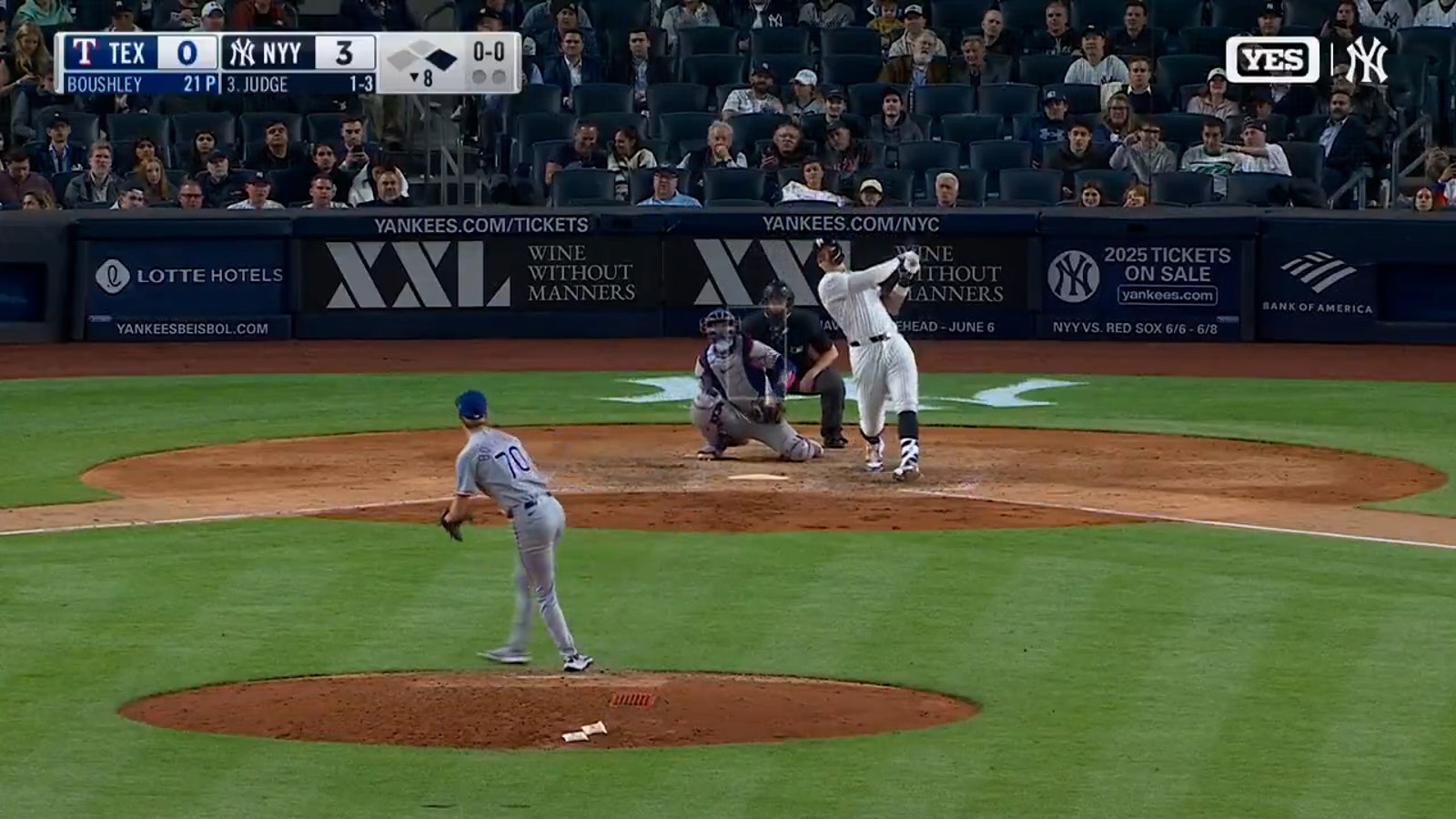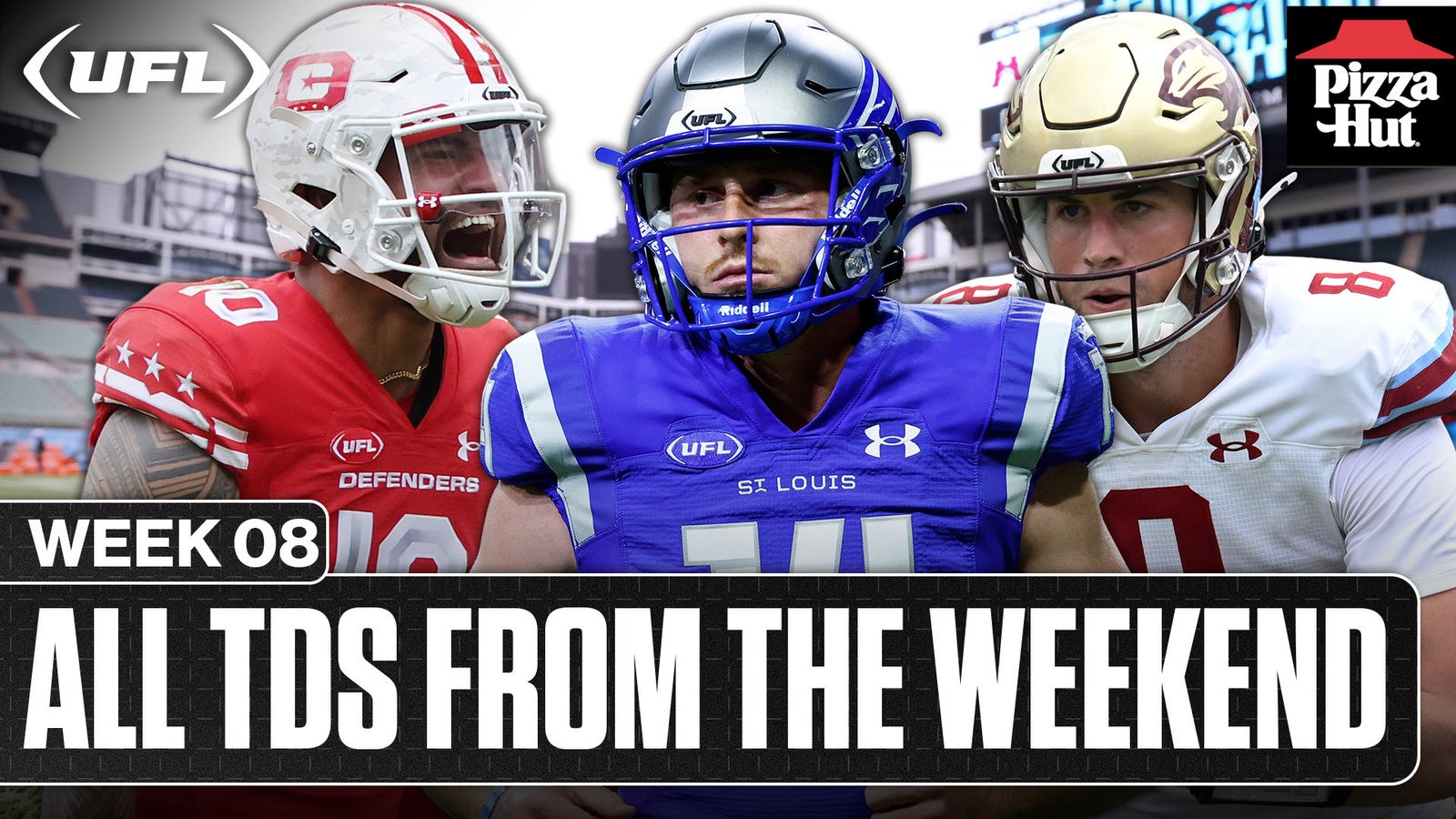Why a league-wide torpedo bat takeover might take longer than we think

<!–>
NEW YORK — Aaron Boone was asked one of the many questions that everyone has been wondering about ever since torpedo bats hijacked public discourse. Does he believe there will be a significant offensive surge in the sport now that hitters across the league want their hands on the bats?
“Maybe,” the Yankees manager said on Tuesday at Yankee Stadium. “But I don’t know necessarily that everyone knows about it.”
Huh. But doesn’t he think, by now, that everyone has heard about it?
“Yeah, but that’s different than knowing,” he repeated.
ADVERTISEMENT
–>
How so?
“I think there’s just a lot more that goes into it,” Boone said. “A lot went into doing that for our individual guys. It’s a lot more than the look of the bat.”
If it sounds like Boone was being cryptic, it’s because he knows the Yankees are ahead of the competition when it comes to these torpedo bats, and there’s little reason for him to freely give away the data and processes that have taken the organization years to cultivate. So even though hundreds of people now want their hands on a torpedo bat, the product is not going to be as personalized — and maybe, as effective — as the bowling-pin-shaped lumbar that the Yankees are employing.
Take Anthony Volpe’s torpedo bat, produced by Victus, for example. Two years ago, the Yankees analytics department, including MIT physicist Aaron Leanhardt, started collecting data on the shortstop’s hitting tendencies. The objective was to figure out and narrow down Volpe’s sweet spot — or the densest area on the bat where he most often makes contact with the ball. It’s unclear exactly how much time and how many resources it took the Yankees to collect that data, but once they believed the information was sound, they sent it to Victus to begin manufacturing Volpe’s personalized torpedo bat.
How does it work? Victus moved the wood from the part of the bat that Volpe doesn’t use to the area where he most often makes contact. Simple enough. Volpe finally got the bat in his hands during spring training. And yet…
Despite the years-worth of data and information on Volpe’s contact tendencies, the first mockup of his bat was, in his own words, horrible. The weight distribution was wrong, which caused the bat to be too light. So Victus got back to work and redistributed the wood in Volpe’s birch bat. That second version of the torpedo bat is the model that Volpe used to hit three home runs in his first four games of the 2025 season.
“This has definitely been a project that has taken over two years to get to this point,” Leanhardt told reporters on Monday in Miami. “Whether it’s one offseason, a full season, two offseasons, that tends to be the timescale for guys not just to buy in, but for us to make the adjustments that make it playable and actionable on the field.”
[RELATED: The Dodgers have yet to use torpedo bats. But that could change soon.]
The torpedo bats became the hottest topic in Major League Baseball after the Yankees hit a franchise-record nine home runs in their 20-9 win over the Brewers on Saturday. Then came the discovery period. Some major-league players and teams knew about the torpedo bats and even used them in-game (like Mets shortstop Francisco Lindor), while others learned of the new lumbar design over the weekend with the rest of the world (like outfielder Christian Yelich). Teams like the Dodgers, whose hitting coaches had never heard of the torpedo bats until the Yankees’ nine-homer game, are on one end of the spectrum. And the Yankees are on the other end.
Leanhardt, who has a bachelor’s degree in electrical engineering from the University of Michigan and a Ph.D. in physics from MIT, is at the helm of the research and experimentation that went into developing the torpedo bats. He said the work first started in the offseason leading up to the 2023 season. Leanhardt was a member of the Yankees’ minor-league hitting department in 2022, became their lead major-league analyst last year, and then became a field coordinator with the Marlins this past offseason. He said the baseball industry as a whole became aware of the torpedo bats just a couple of months ago in spring training.
There are estimated to be five Yankees players using torpedo bats this season, including Jazz Chisholm, Cody Bellinger, Paul Goldschmidt and Volpe. Giancarlo Stanton used a torpedo bat last season, and even though he said “bat adjustments” could be responsible for his tennis elbow in both arms, he said he will continue using the torpedo bat whenever he comes off the injured list.
The thing to keep in mind here is that the torpedo bats that the Yankees are using are custom-designed for each hitter’s sweet spot. Based on Leanhardt’s experience that went into creating these innovative blueprints, it can take up to two years for a hitter to tweak the design and find the model that works for him.
Bat manufacturers like Marucci, which acquired Victus in 2017, have made torpedo bats available for purchase online. But the torpedo bats that are currently available are custom-made using all that data collected by Leanhardt, the Yankees, and any other team or player that has gone through the years-long process that it takes to make them game-ready. As of Wednesday afternoon, no other team besides the Yankees has publicly revealed that it has been collecting data to make custom-made bats.
Several players around the league have voiced their interest in acquiring the torpedo bats, but it’s fair to question just how effective these bats will be when they aren’t tailored to a hitter’s personalized sweet spot. It could take years for players to use a bat that is as specially made as Volpe’s. As a result, it could be years before we see a significant offensive surge in the major leagues. And, with or without a torpedo bat, it’s still just as difficult to hit a baseball.
“There’s a lot of people doing a lot of great stuff behind the scenes that you might not notice, ever,” Leanhardt said. “And if you do notice it, you might not notice it for a couple of years. It’ll be having positive impacts on the field. But it might go under the radar for a while.”
Like Boone said, it’s a lot more than the look of the bat.
Deesha Thosar is a MLB reporter and columnist for FOX Sports. She previously covered the Mets for four years as a beat reporter for the New York Daily News. Follow her on Twitter at @DeeshaThosar.
<!–>
recommended
Get more from Major League Baseball Follow your favorites to get information about games, news and more
–>







